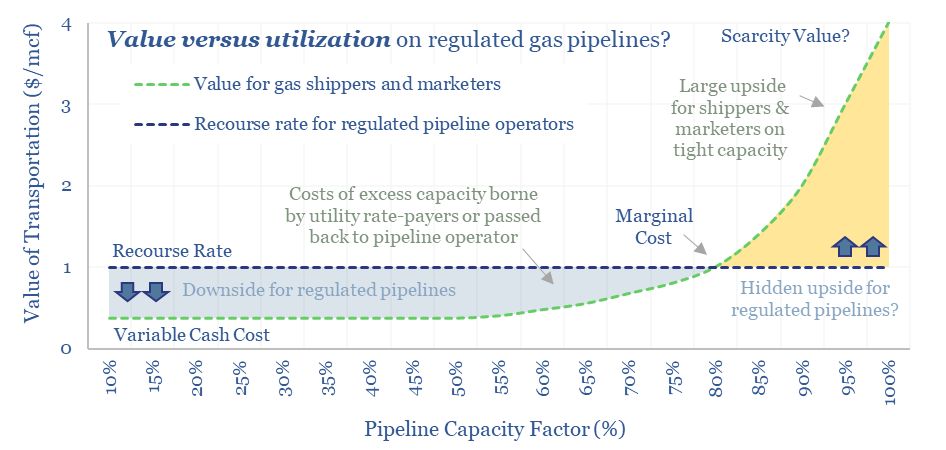
FERC regulations are surprisingly interesting!! In theory, gas pipelines are not allowed to have market power. But increasingly, they do have it: gas use is rising, on grid bottlenecks, volatile…
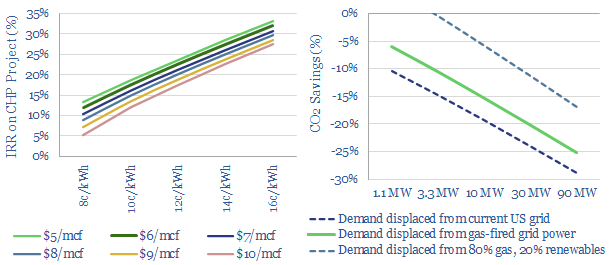
…and power systems fuelled by natural gas. Modelled IRRs already reach 20-30%. Capturing waste heat also boosts efficiency to 70-80%, which can be 2x higher than grid power, lowering total…
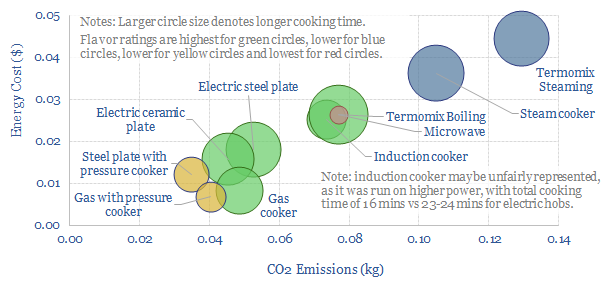
…into heat. The problem with this definition is that all combustion technologies and resistive heating technologies score close to 100% efficient. Combusting gas on a gas stove released almost all…
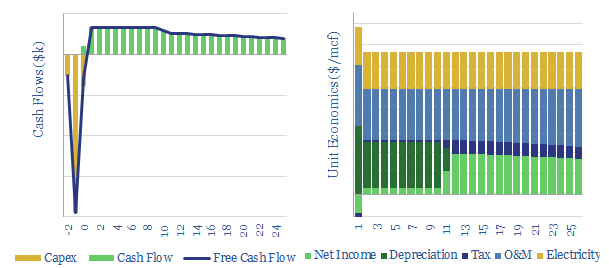
…Raw and unprocessed landfill gas can be economical to commercialize at a cost of $2-4/mcfe. Capex, opex and other costs of landfill gas are built up in the data-file. $499.00 – Purchase…
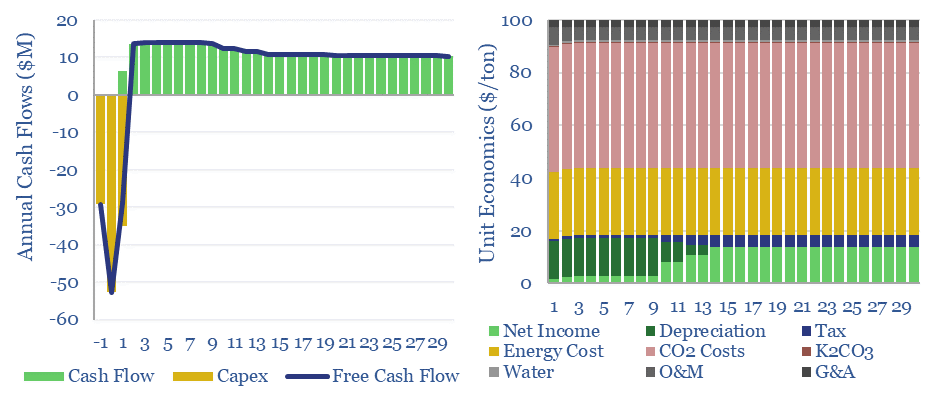
…re-release pure CO2, forming a CCS process. Potassium carbonate has been used at over 600 hundred natural gas sweetening plants historically, removing small quantities of acid gases from pressurized gas…
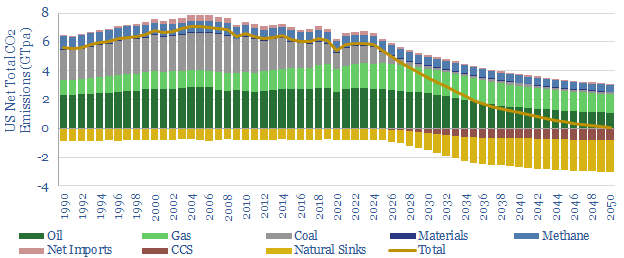
…Our model also includes a huge shift from coal to gas. Gas demand falls 10% from 90bcfd in 2022 to 80bcfd in 2050 (global gas model here). Switching coal to…
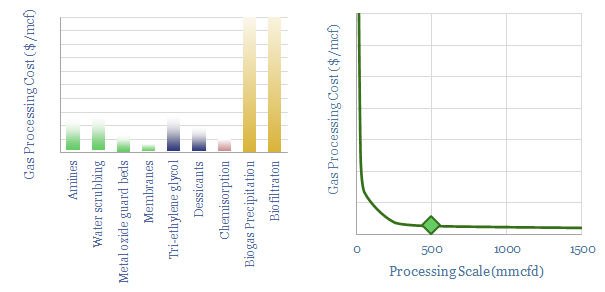
The data-file gives an overview of different gas-sweetening and gas-processing operations, outlining the process, indicative costs, and drawbacks. We also note 20 companies with gas treatment technologies, although our list…
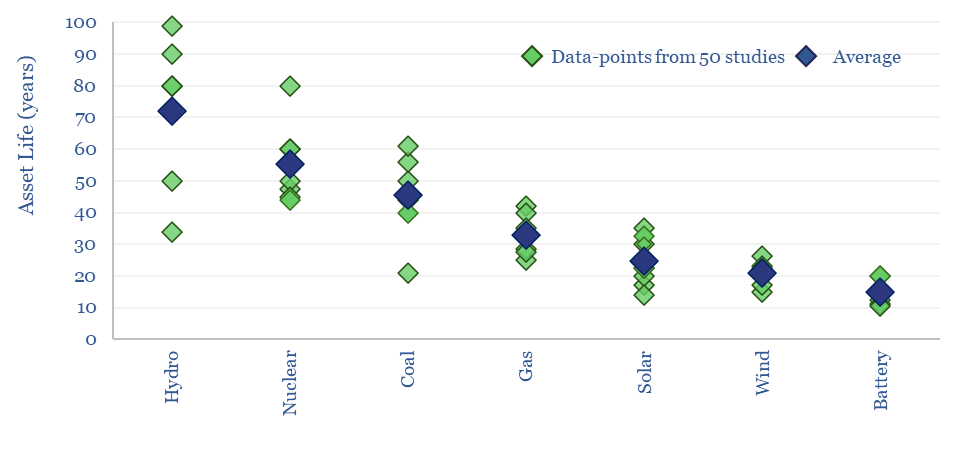
Power generation asset lives average c70-years for large hydro, 55-years for new nuclear, 45-years for coal, 33-years for gas, 20-25 years for wind/solar and 15-years for batteries. This flows through…
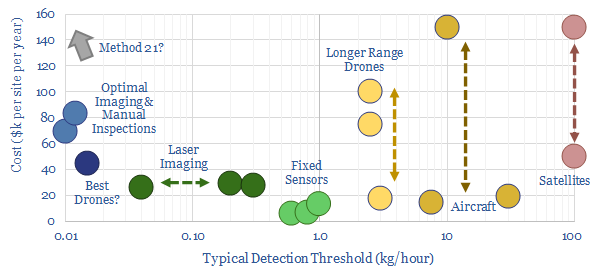
…and for the scale up of natural gas. If 3.5% of methane is leaked, then natural gas is, debatably, no greener than coal. Pages 6-9 quantify methane emissions and leaks…
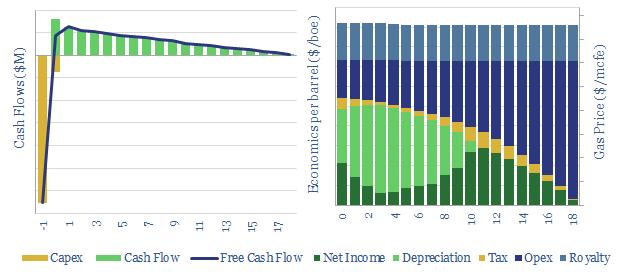
…US shale gas, in order to calculate the NPVs, IRRs and gas price breakevens of future drilling in major US shale basins (predominantly the Marcellus). Underlying the analysis is a…










